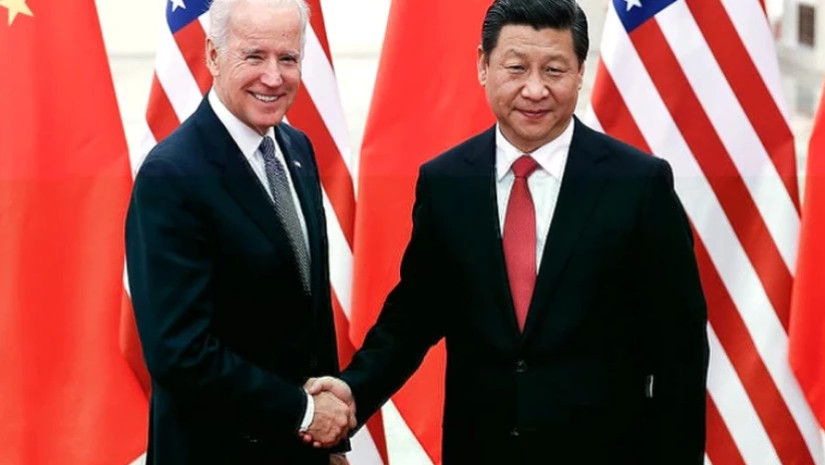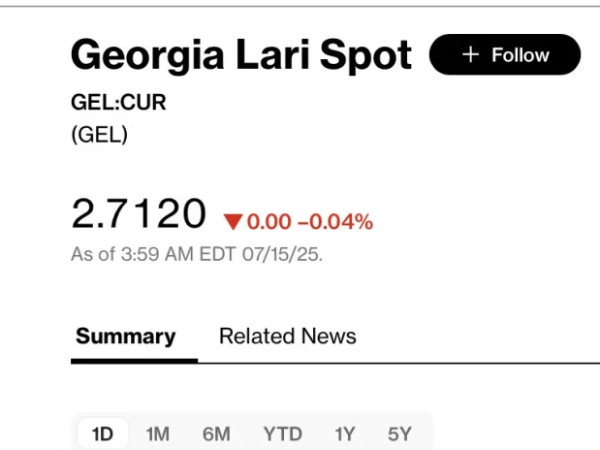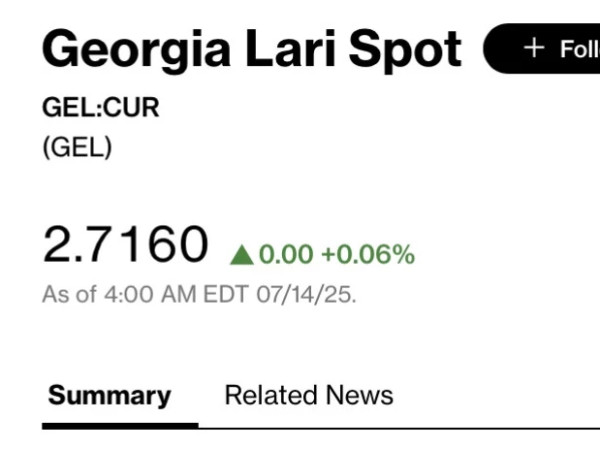The 2024 edition of the World Economic League Table (WELT) anticipates a major shake-up of global economies by 2038. Several emerging markets are tipped to race up the rankings, while several higher-income economies will fall back – including the former number one.
Billed as "the go-to measure for the comparative economic success of different countries," the annual report has been compiled by the UK's Centre for Economics and Business Research (Cebr) for the past 15 years.
1. China, 2038 GDP: $48.811 trillion (£38.508tn)
China's post-pandemic recovery has been patchy, and according to the OECD, its 2025 growth is projected to come in at 4.5%, well below the phenomenal figures the country was seeing in the 2000s. Growth is predicted to moderate further over the forecast period but will be healthy enough to push the country to the top of the WELT rankings by 2038.
However, the economy of the People's Republic has two fundamental problems: a faltering property sector and an ageing population. As we've mentioned, China's stint as the world's number-one economy could be relatively fleeting and, in any case, the forecast is contingent on the country not invading Taiwan. If it does, the country may never overtake the US...
2. USA, 2038 GDP: $47.827 trillion (£37.732tn)
The world's largest economy since it surpassed China in the 1890s, the United States is predicted to be knocked off the top spot in 2037 – nine years later than Cebr initially predicted back in 2020.
With inflation calming down and other indicators looking positive, the US appears to be achieving a soft landing. Growth is expected to have reached a respectable 2.6% in 2024, though that figure is expected to drop next year.
America's growth rate during the rest of the forecast period won't, of course, prevent China's economy from overtaking. However, China's long-awaited return to the top is likely to be short-lived; Cebr predicts the US will regain its number one position during the 2050s before losing out to India in the 2080s.
3. India, 2038 GDP: $12.881 trillion (£10.162tn)
India's economy has many factors in its favour, including a young and well-educated population, a thriving entrepreneurial sector, and ballooning manufacturing output.
Its growth for 2025 is forecast at a robust 6.8% by the OECD, and Cebr expects it to stay around that figure for the remainder of the forecast period, propelling the country two spots up the WELT rankings by 2038.
Looking even further ahead, Cebr expects India to become the world's number-one economy at some point in the 2080s, based on demographic estimates and projections.
4. Japan, 2038 GDP: $8.894 trillion (£5.865tn)
Facing stagnant growth since the 1990s, Japan just can't seem to drag itself out of the mire. The country is expected to regain its position as the world's third-largest economy by 2028. However, this is anticipated to be a result of the EU's relatively poor growth more than anything else, and Japan will have fallen back to fourth place once again by 2033.
Cebr foresees low growth for Japan throughout the forecast period, mainly due to the nation's rapidly ageing population and reluctance to embrace the mass migration required to offset it. Indeed, it could face a shortage of as many as 11 million workers by 2040, according to a study by think tank Recruit Works Institute.
5. Germany, 2038 GDP: $7.434 trillion (£5.864tn)
Europe's manufacturing juggernaut, Germany was hit hard by the surge in energy prices in 2022. The situation was made even worse by its over-reliance on Russian natural gas, for which it's had to rapidly find alternatives.
Germany’s growth is now forecast to be the slowest of any major developed economy next year, according to the OECD.
Having overtaken Japan as the world's third-largest economy in 2023, Germany is now predicted to fall back to fourth position by 2026 before dropping to fifth in 2027 and staying there for the rest of the forecast period.
6. UK, 2038 GDP: $5.771 trillion (£4.552tn)
The UK is also expected to be a non-mover, hanging on to its position as the world's sixth-biggest economy throughout the forecast period. While inflation is cooling, and interest rates are starting to fall, they're likely to remain high for some time yet.
These, coupled with a number of other economic headwinds, will make for subdued growth in 2024. As monetary policy loosens, however, a significant upswing to 1.9% is expected in 2025, with annual growth between 1.6% and 1.8% predicted through to 2038.
7. France, 2038 GDP: $4.813 trillion (£3.811tn)
The French economy was the fifth-largest globally as recently as 2013, yet has since fallen to seventh place.
It's expected to remain there through to 2038 rather than falling any further, with factors such as an ever-improving environment for foreign investment and the country's green transition (France is aiming to become Europe's first major decarbonised economy) proving crucial.
After a sluggish 2023, annual growth is forecast to accelerate to 1.4% on average until 2028 before increasing to 1.5% for the rest of the forecast period. This marks a downgrade from the 2023 edition of WELT, which pegged its growth between 2028 and 2038 at 1.7%.
8. Brazil, 2038 GDP: $4.131 trillion (£3.259tn)
Brazil's economy is proving to be unexpectedly resilient, with increasing exports, decreasing unemployment, and strong wage growth all driving up its GDP.
Growth is currently expected to sit at 2.6% for 2025 before falling to an annual average of 1.9% until 2029, when it's predicted to sit at 2% until 2038. While not overly impressive, the country's growth rate will still see it retain its current 8th-place position in the WELT.
It's worth noting that Brazil boasted the world's sixth-largest economy in 2012 before the economic crisis of the 2010s prompted it to drop down the rankings.
9. South Korea, 2038 GDP: $3.682 trillion (£2.905tn)
Likewise, the South Korean economy faces a challenging future, with the nation's declining birth rate and ageing population threatening to inhibit growth. Cebr still sees vast potential for the country to offset this by increasing its productivity rate, which is currently less than impressive.
With that in mind, Cebr predicts annual growth of around 2% until 2038, heralding the country's return to the top 10 for the first time since 2018. According to McKinsey, South Korea could become the world's seventh-largest economy by 2040 if the government adopts a more forward-facing overall strategy.
10. Canada, 2038 GDP: $3.679 trillion (£2.902tn)
Much like its neighbour to the south, Canada appears to be taming inflation while avoiding recession – although the country still has plenty of other long-term challenges.
Among them are falling productivity, decreasing competitiveness, and high levels of government debt, while a June 2023 report from the International Institute for Sustainable Development (IISD) found the country's oil and gas sector is poorly prepared for the global green transition and subsequent decline in demand for fossil fuels.
As such, Cebr expects Canada's growth to average a lacklustre 1.7% annually until 2029 before increasing to 1.9% through to 2038. The country is expected to retain its #10 position in the WELT rankings.


















